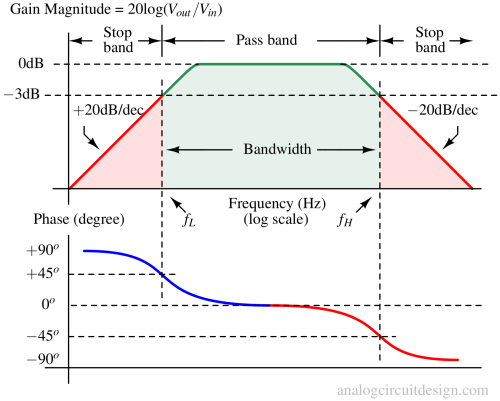Filters¶
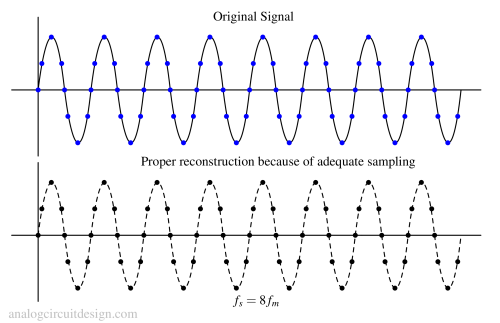
The Nyquist-Shannon sampling theorem states that a continuous-time signal can be accurately reconstructed from its samples if it is sampled at a rate at least twice its highest frequency.
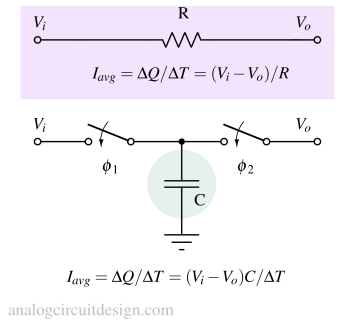
A switched capacitor filter uses capacitors and electronic switches to emulate resistors, providing precise filtering without relying on physical resistor values.
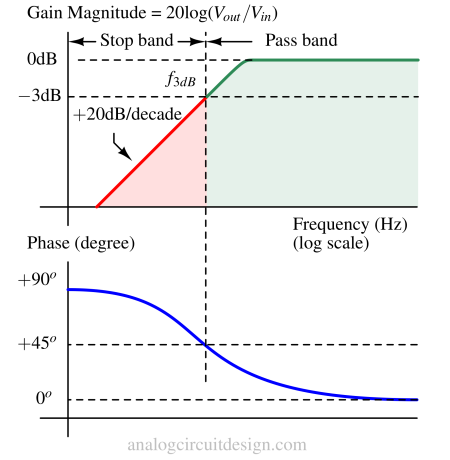
A high pass filter allows signals with frequencies higher than a specified cutoff frequency to pass while attenuating lower frequencies.
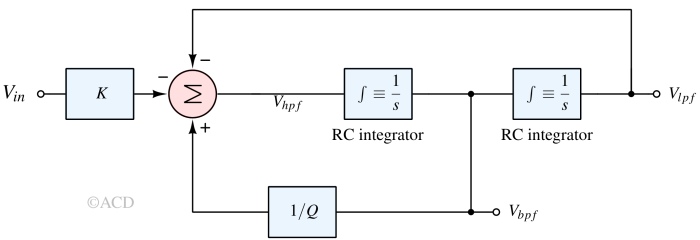
State variable filters are active filters that provide simultaneous low-pass, high-pass, and band-pass outputs using multiple integrator stages.
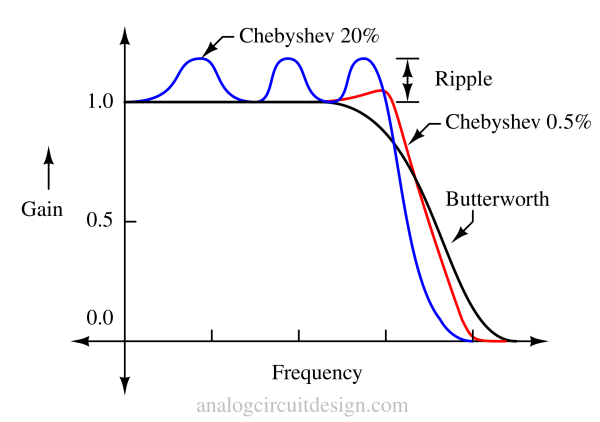
Butterworth and Chebyshev filters are widely used analog filter designs. Butterworth offers a flat passband response with a slow roll-off, while Chebyshev achieves sharper roll-off by allowing controlled ripple in the passband.
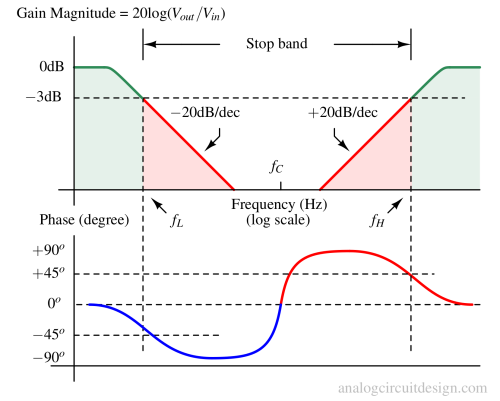
Bandstop filters block a specific range of frequencies while passing others. A notch filter is a special type with a very narrow stopband, ideal for removing unwanted tones.

An Infinite Impulse Response (IIR) filter is a digital filter that uses feedback to produce an output with an impulse response that theoretically lasts indefinitely.
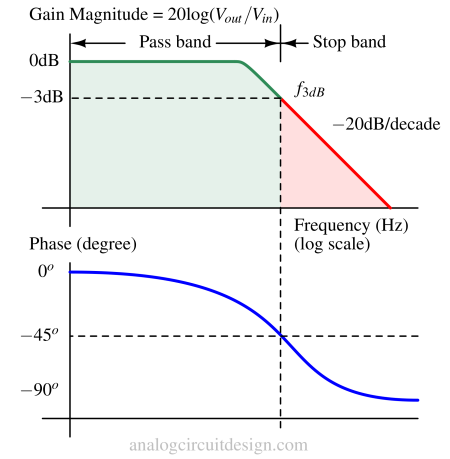
A low pass filter allows signals with frequencies below a certain cutoff to pass while attenuating higher-frequency signals.
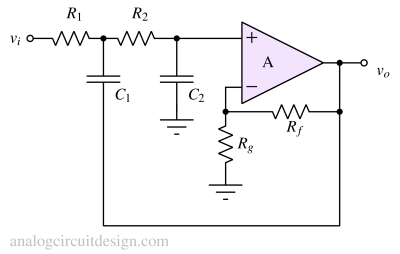
A Sallen-Key filter is an active filter configuration using an op-amp along with resistors and capacitors to achieve low-pass, high-pass, or band-pass responses.

Analog filters process continuous-time signals to allow certain frequencies to pass while attenuating others, shaping the signal in the frequency domain.

A multifeedback filter is an active filter configuration that uses multiple feedback paths around an op-amp to achieve precise frequency response characteristics.

A Finite Impulse Response (FIR) filter is a digital filter whose impulse response settles to zero in a finite duration, providing stable and linear-phase filtering.
